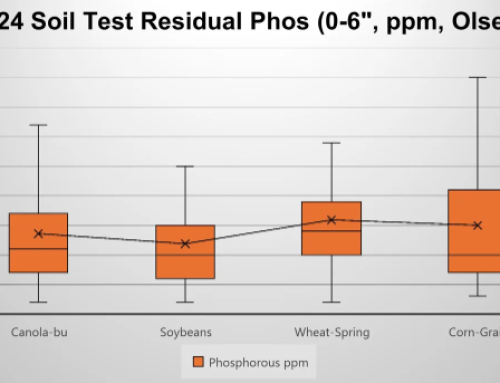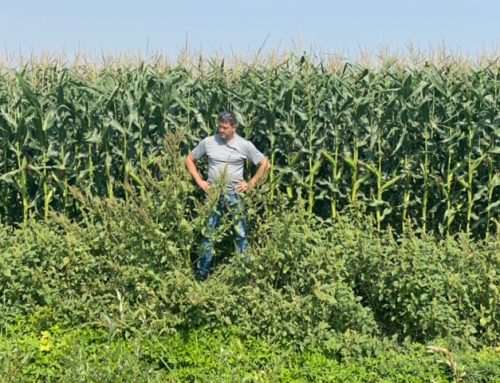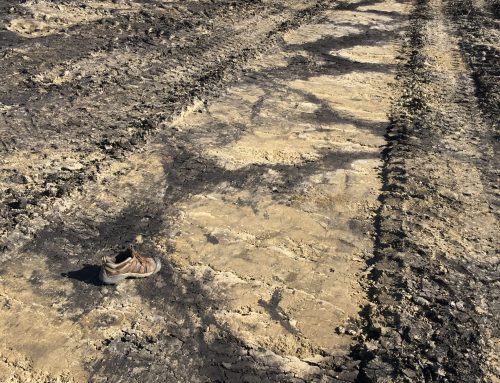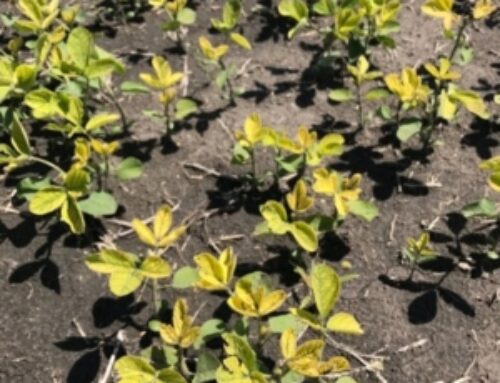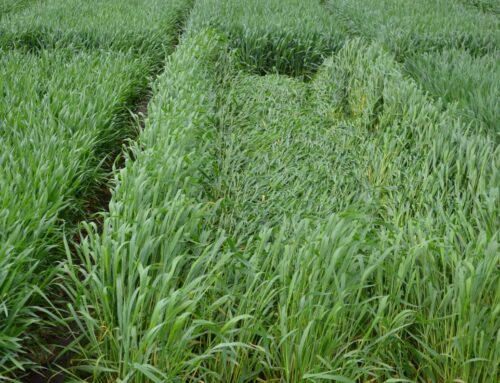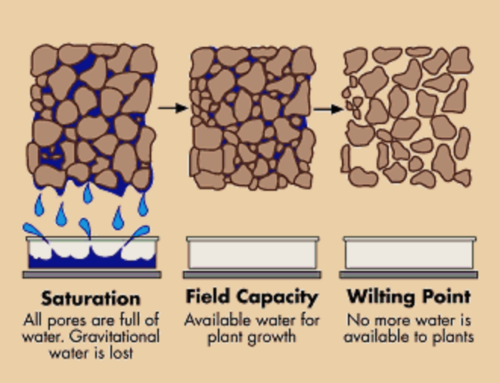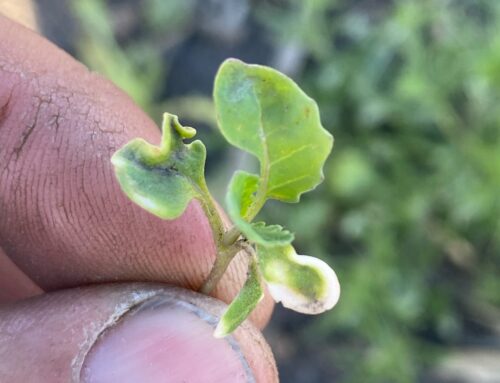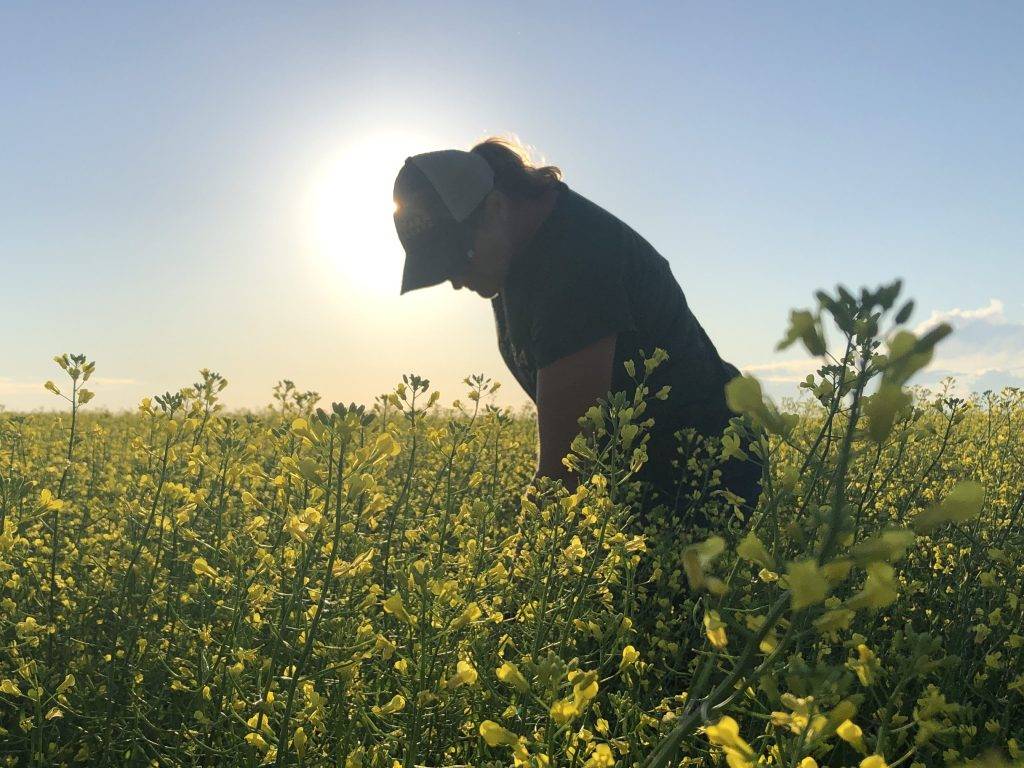
If you had to write a recipe for a 80 bu canola crop, what would it look like?
- The right genetics……….20 bu?
- The right rainfall…………15 bu?
- Fertilizer……………………….25 bu?
- Herbicide……………………….5 bu?
- Fungicide……………………….3 bu?
- Root Enhancer………………3 bu?
- Biological stimulant…….3 bu?
- (The above numbers are purely the authors’ educated guesses)
Wouldn’t it be great if all the inputs, machinery and/or farming practices that promise to grow you an extra 2-5 bu were true and reliable? It would be easy to spend your way to a bumper crop. 2 bushels here, 3 bushels there… done deal! Unfortunately, it is not a compounding effect…. it’s probably easier to spend your way broke than into prosperity.
Enter the profit equation. The profit equation is a simple way to assess whether or not you are making money. You take your total revenue, subtract your costs and the leftover money is your profit. When talking to producers about agronomy and crop production, I like to elaborate a little and use the following equation:
Profit = (Yield x Price) – Expenses.
Anything you can do as a farm manager to grow more crop, get a better price or lower your expenses will usually increase your profitability unless your yield increase doesn’t cover additional expenses. There are over 40 different factors that affect yield and we only have control over a few. Mother Nature loves to keep us guessing as to which combination of inputs, practices and timings will bear the optimal yield : expense ratio that maximizes profitability. She likes to move the goal posts as the season progresses. Choosing the right combination becomes an art as much as it is a science. Agronomists and managers have to take many things into consideration and play the odds.
Some may be tempted to hit the easy button and spend a little extra on insurance. It’s not easy to sit back and watch your neighbors spend money on their crops. There is a certain “Fear of missing out” to it. It takes experience and sometimes relying on your instincts to make decisions. The best decisions are often made in the field. A 2nd or even a 3rd opinion can be valuable.
We encourage our clients to conduct their own on-farm trials. We often use these trials to assess new practices or inputs, but just as important, we also encourage producers to assess current production practices. It’s just as important to figure out what we should stop doing. Dr Danny Kleinfelter, Professor and Extention Economist at Texas A&M, has always said, “The best organizations spend as much time analyzing what they need to stop doing as they do evaluating new opportunities”.
Water and sunlight are two of the biggest factors influencing yields over which we have limited control. Is there more opportunity for higher profitability in chasing record yields every year or cutting expenses? Truthfully, you need a balance of both. Somewhere in the middle is the right combination giving the best economic return all the while managing risk.

